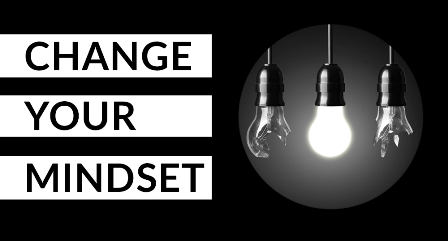Leila Dewji, of I_AM Self-Publishing, shares her self-publishing advice for authors at all stages of the process.

In 2010, I left the world of trade publishing to provide high-end self-publishing services, using the same processes and high standards of the trade publishing industry. Since then I have worked with a variety of authors – some had been traditionally published before but wanted a higher royalty, some had tried to self-publish completely DIY and been frustrated with the process and disappointed with the results, and some were debut authors, new to the whole thing.
Common topics come up time and time again because, regardless of your experience of either writing or publishing, whatever genre you have written in, whether you want to self-publish completely DIY or you want to use reliable professional self-publishing service providers, there are certain do’s and don’ts that will both make your life easier and make you more successful.
The Golden Rule: Think like a trade publisher
You are about to become your own business. So, before you start, you need to get in the mindset of thinking like a trade publisher. I know you don’t all have the benefit of having worked within a large publisher, but try to see your business decisions as they do. Big publishing companies have to keep their shareholders happy. They are under huge pressure to cut costs, but at the same time, they know what is sacred if you want an attractive, saleable product.
Do you think Random House would publish a manuscript without fully editing and proofreading it (even if it was from an award-winning literary star)? No. Do you think that Penguin would forego professional designers to use a mate’s son who is studying design at school? No.
The danger with self-publishing is that you are in a position where you can cut corners. It is your responsibility to make sure you have all bases covered to a professional standard.
Forbes carried out a self-publishing survey and found that, “The first lesson for self-publishers is that if you get help with things like cover design, story editing, and proofreading, you will likely earn more.” Sounds simple.
So now you have a professional attitude, what’s next?
There are five cornerstones that every successful self-published work goes through:
1. Editing and proofreading (self, peer-to-peer, and finally, professional)
This is an emotional process; I’m not going to lie. There will be joyous breakthroughs and times when you are sick to the back teeth of it. Don’t put pressure on yourself by expecting your first draft to be perfect. Celebrate finally finishing it by putting it away for a week or two and coming back to it afresh. Revisions and tweaks are part of the process and will take time. When you have done all you can and are beginning to get “word-blindness”, it’s time to bring in the professionals.
2. Design (inside and out)
People judge books by their cover – not just readers, but book buyers and the merchandisers who decide what to include in promotions at the big retailers. Do not give any of these people a reason to overlook your work.
3. Production (printing and eBook conversion)
Are your target readers mainly book readers or eBook readers? Either way, first impressions count. Readers want to feel like they have got a quality product (regardless of what they paid for it). A sloppy looking book sends the message that you do not care enough about the reader to do it properly. Similarly, badly converted eBooks full of glitches will annoy a reader sufficiently for them to a) stop reading and b) give you a bad review.
4. Distribution
So you have a great product, but how will the world buy it? You will make the most by cutting middlemen out and selling directly, e.g. at events and via your website, but you need a bigger presence; you need to be available at Amazon at the very least.
5. Marketing
I can’t stress enough how important it is to start thinking about your marketing whilst you are still writing your book. It is crucial to develop a marketing plan early, so that by the time your book is ready to publish, you have your ducks in a row and are ready to hit the ground running, not building an author platform from scratch.
Each of these elements is vital and if you omit one of these building blocks, the whole thing will quickly fall down.
Self-Publishing Sins
The No.1 mistake made by a self-publishing newbie is rushing. It is an exciting process and it is very easy to get carried away – to convince yourself you are ready when your manuscript still needs work, or that it’s fine to go with a rough draft of a cover. Take your time and do this right.
The No.2 mistake is cutting corners. Whatever your genre, your work will be competing with professionally written and produced books and eBooks. Make sure your product looks and feels as good as the competition.
Now that you are thinking like a publisher and have the core elements of the self-publishing process covered, I wish you luck.

I_AM Self-Publishing produce beautiful books and eBooks for self-publishing authors, and give them the tools, knowledge and materials to market their work successfully.
Comments